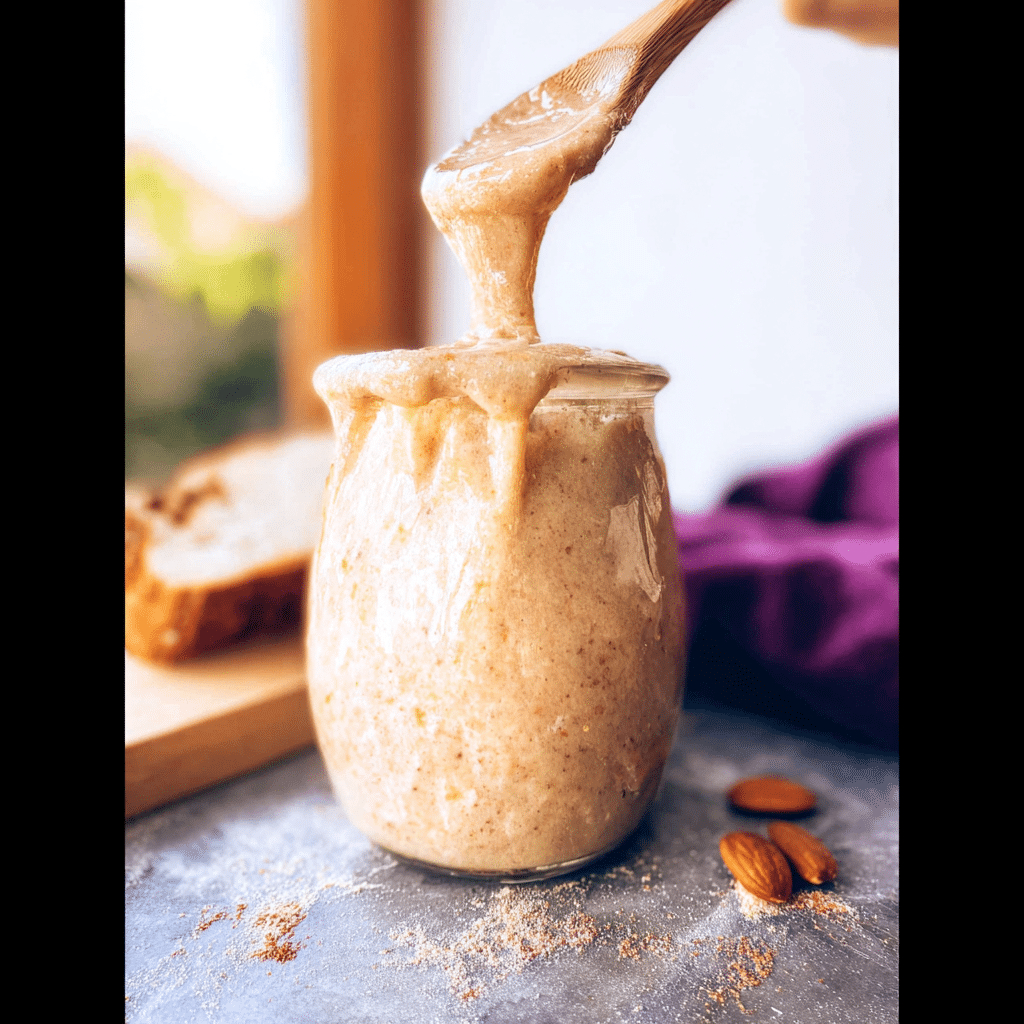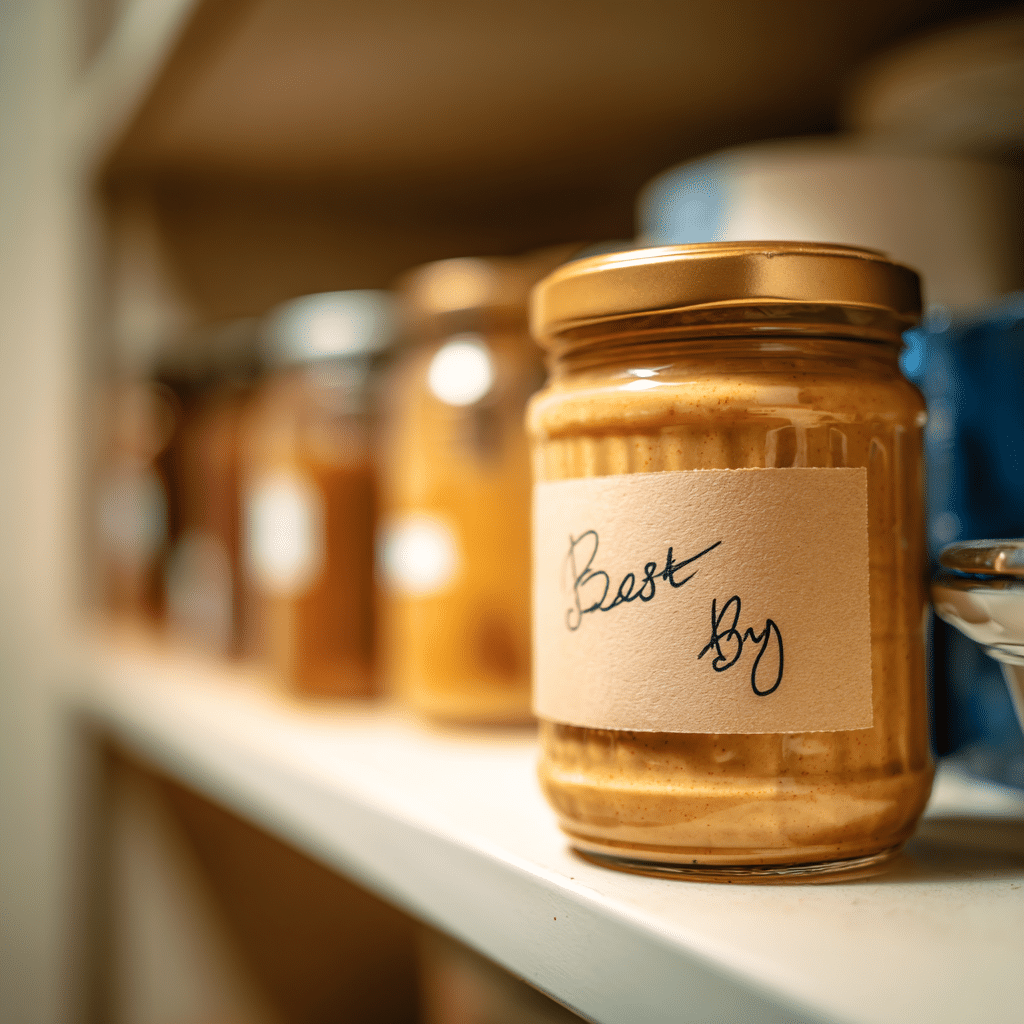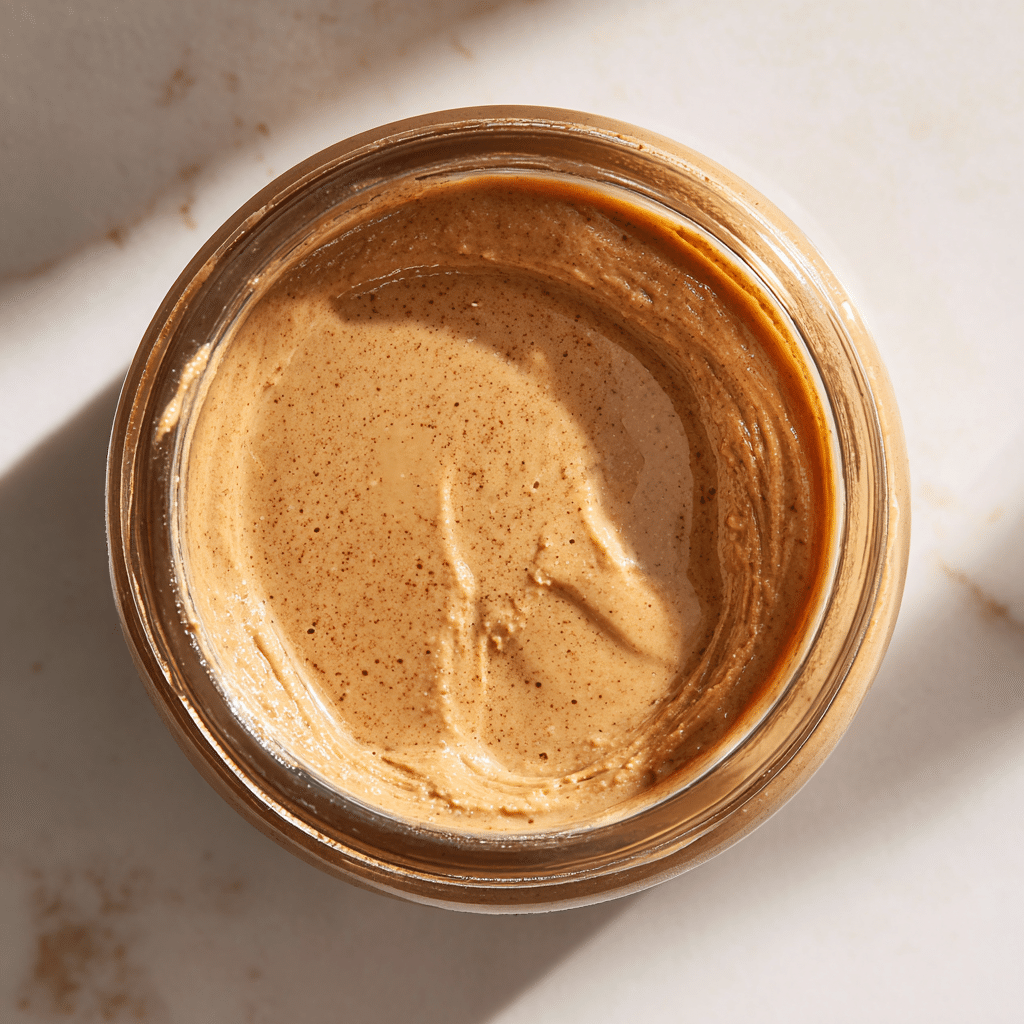Almond butter expiration dates can be confusing. You find an unopened jar in your pantry a month past the printed date, do you toss it or trust your instincts? This article gives you a clear, confident answer fast, then walks you through exactly how to tell if it’s still good.
From understanding what those dates mean to performing a simple smell, sight, and taste check, you’ll feel equipped to make a safe call. We’ll also cover proper storage, shelf life by type, and expert-backed tips that help your almond butter last longer.

Table of Contents
Table of Contents
The Short Answer: Often Yes, but Know What to Look For
Yes, almond butter is usually safe to eat past its “Best By” date. That date is about quality, not safety. The fats in almond butter can go bad eventually, especially if it’s been stored near heat or light, but it doesn’t suddenly become unsafe the next day.
The real way to tell is by trusting your senses. If it still smells nutty, looks smooth (with a little natural oil separation), and doesn’t have mold or an off taste, it’s probably just fine. If anything smells sour or sharp, or if it tastes bitter or metallic, toss it.
I once found a nearly full jar two months past the date. It looked fine, smelled great, and passed the taste test. That jar ended up in after-school snacks for another two weeks with no issues. Moral of the story: dates help, but they’re not the full picture.
What Almond Butter Expiration Dates Really Mean
Best By vs. Use By vs. Expiration
Best By or Best Before dates are set by manufacturers to tell you when the product is at its peak flavor and texture. They’re not about food safety. Almond butter is often fine for weeks or months after this date.
Use By dates are stricter but still focused on quality. You’ll rarely see this label on almond butter, but if you do, treat it as the last day for best results, not necessarily a hard deadline.
Expiration Date (EXP) is rare on nut butter. If it’s there, it’s a safety guideline. Most store-bought almond butters don’t use this term. Homemade jars also won’t have a label, so you’ll need to go by smell, look, and taste.
Understanding these terms can help you avoid wasting good food. Instead of tossing it right away, check it. Often, it’s still good.

How to Tell if Almond Butter Has Gone Bad
Your 3-Sense Freshness Test
Smell:
Rancid almond butter smells like old paint, crayons, or something sour. Fresh almond butter should have a rich, nutty, slightly roasted aroma. If it smells off, don’t taste it.
Sight:
Mold is a definite no. If you see fuzzy white or green patches, throw it away. A darkened or duller color might be a sign of oxidation, but if there’s no mold and it smells fine, you can do a final check.
Is Oil Separation Bad?
Not at all. It’s normal in natural almond butters and just means the oil has floated to the top. Stir it back in and you’re good.

Taste:
Try a tiny bit if it passed the smell and look test. If it tastes bitter, stale, or metallic, that’s a clear sign it has gone rancid. If it tastes good, it probably is.
This quick test helps you know what’s safe without wasting good food, or your time.
How Long Almond Butter Really Lasts
Shelf Life Based on Type and Storage
Here’s a helpful chart that breaks it down by almond butter type and storage method:
| Type | Unopened (Pantry) | Opened (Pantry) | Opened (Fridge) |
| Store-Bought (with stabilizers) | 2–4 months past date | 3–6 months | 6–9 months |
| Natural (nuts & salt only) | 1–3 months past date | 2–3 months | 3–6 months |
| Homemade | N/A | 2–4 weeks | 2–3 months |
These are general estimates. Proper storage and clean handling can make a big difference. The less processed the almond butter, the shorter its shelf life.
PWhy Almond Butter Goes Bad
The Science of Rancidity
Almond butter contains unsaturated fats, which are great for your health but very sensitive to air, light, and temperature. When these fats break down, they become oxidized, leading to that sour smell and bitter taste.
This process is called rancidity. It’s not usually harmful in small amounts, but it definitely makes almond butter less enjoyable. You also lose some nutrients in the process. That’s why storage matters so much.
Best Practices for Storing Almond Butter
Should You Refrigerate It?
For long-term freshness, especially with natural or homemade almond butter, the fridge is the best option. It slows oxidation and helps prevent spoilage. The downside? It gets a bit stiff. Let it sit at room temp for a few minutes before using.
The pantry is fine if you’re using it within a few weeks. Just keep it in a cool, dry spot.
Simple Storage Tips
- Store it upside down. This helps oil naturally redistribute, which makes stirring easier.
- Use a clean spoon every time. Dirty or wet utensils can introduce bacteria or moisture, which can lead to spoilage.
With good storage, almond butter stays tasty and safe longer.

Frequently Asked Questions
How long can you eat almond butter after the expiration date?
If it’s unopened and stored well, almond butter can stay fresh for up to 3 months past the printed date. Once opened, you have about 2 to 6 months depending on the type and storage method. Always use your senses to confirm.
What does rancid almond butter look like?
It may darken, dry out, or develop a crusty surface. While natural oil separation is normal, mold or strange textures are not. If it looks fuzzy or smells sour, it’s time to discard it.
What do online discussions say about eating almond butter past the date?
Reddit and other forums are full of people saying they’ve eaten almond butter safely months after the best by date. This aligns with food safety guidance. Dates indicate quality, not spoilage. But always double-check with your nose, eyes, and taste buds.
How long can I store almond butter?
Unopened jars last up to 4 months past the date. Once opened, store-bought almond butter lasts 3 to 6 months in the pantry or up to 9 months in the fridge. Homemade almond butter should always be refrigerated and used within 2 to 3 months.
Conclusion
Almond butter doesn’t suddenly expire overnight. As long as it passes the smell, sight, and taste tests, it’s often perfectly fine to enjoy after the printed date. Just make sure you store it smartly and always use clean utensils.
Now that you’re confident your almond butter is still good, why not put it to delicious use? Try our favorite apple almond butter snack, make gut-friendly protein bites, or stir some into your raspberry chia yogurt bowl. Got a sweet tooth? Check out our no-bake dessert cup ideas.
Print
How to Check Almond Butter Expiration and Store It Safely
Description
Learn how to tell if almond butter is safe to eat past its expiration and how to store it for maximum freshness.
Ingredients
1 jar almond butter
Your senses: smell, sight, taste
Cool dry pantry or fridge
Instructions
1. Smell the almond butter before using.
2. Check for mold or unusual texture.
3. Taste a small amount only if it passes the first two checks.
4. Store it properly to extend freshness.
Notes
Separation is normal, just stir.
Refrigerate for longer shelf life.
Use a clean spoon each time.
Disclaimer:
The information in this article is for informational purposes only. While we’ve done our best to provide practical and accurate advice, we are not certified food scientists. The “sniff test” and other sensory checks are reliable guides, but you should always use your own best judgment. When in doubt, it’s safest to discard the food. For official government guidelines on food product dating, please refer to the U.S. Food & Drug Administration (FDA).




